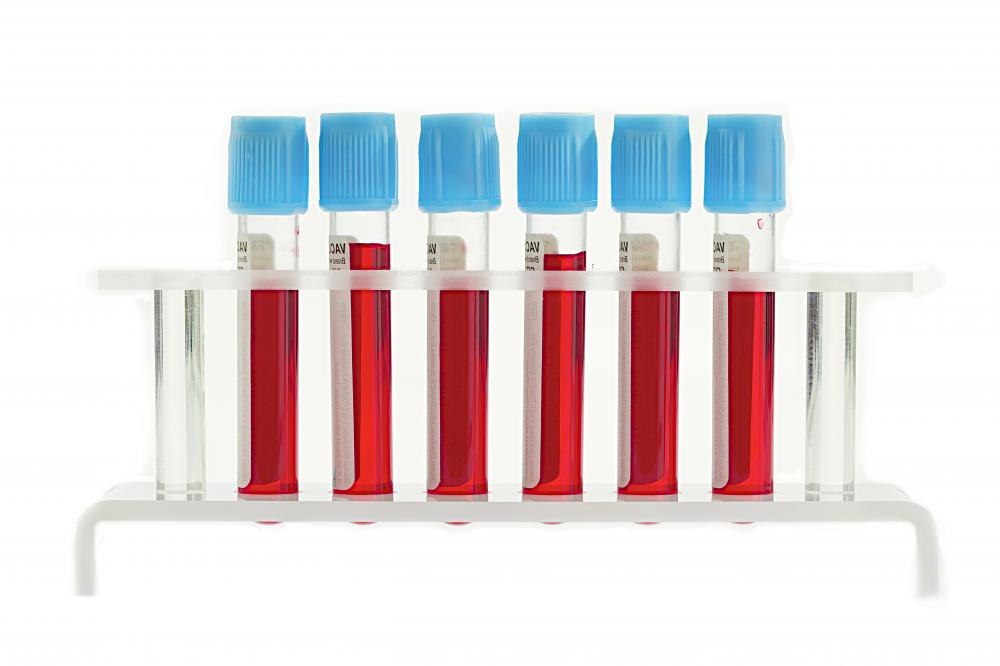At WiseGEEK, we're committed to delivering accurate, trustworthy information. Our expert-authored content is rigorously fact-checked and sourced from credible authorities. Discover how we uphold the highest standards in providing you with reliable knowledge.
What is the Genetic Map?
A gene is a unit comprised of a linear strand of deoxyribonucleic acid (DNA) which occupies a particular spot on a chromosome, and determines the inherited characteristics of an organism. The chromosomes are threads of DNA which carry the genes in a linear order. For example, human cells have 23 pairs of chromosomes. A genetic map, also known as a genome or genetic linkage map, is a graph which shows the sequence and position of genes and genetic markers on the chromosome.
In 1990, the United States Department of Energy and National Institutes of Health launched an international research study called the Human Genome Project. They partnered with Wellcome Trust of the UK, and scientists from several other countries including Germany, Japan, China and France. Most of the physical research was conducted in the US, Canada, New Zealand and Great Britain. The goal of the initiative was to discover all 20,000 – 25,000 human genes, and determine the sequences of the 3 billion chemical pairs that comprise the human DNA pool. In 2003, the project was completed with the release of the human genome, or genetic map, which showed the sequence and position of all known human genes and genetic markers.

A genetic marker is made up of genes or pieces of DNA which are positioned close to one another on the chromosome, and can be identified with an inherited quality. Sometimes, this marker contains a mutation of a gene resulting in defective protein, which can be linked to inherited diseases or disorders. The markers identified by the genetic map are used by researchers attempting to isolate genes responsible for inherited diseases.

Geneticists have already successfully located genes responsible for cystic fibrosis and muscular dystrophy, Research has also identified possible genetic markers for many other diseases, included various cancers, heart disease, diabetes and several psychiatric problems like bipolar disorder and schizophrenia. To determine the disease-associated gene, researchers obtain blood samples from family members in which the disease occurs. They then examine the DNA of all the members, not just those who have the disease, to see which unique patterns appear in only the affected members. This type of research is labor-intensive, but has been significantly expedited since the publication of the human genetic map.

Some epidemiologists have also begun making a genetic map of certain viruses and bacteria. Researchers in two US universities have created a genome of the common cold virus, human rhinovirus, one of the leading causes of asthma attacks, bronchitis, and ear and sinus infections. Finding a cure for the common cold has been difficult, because almost 100 different strains exist. The genetic map has isolated the various rhinoviruses into 15 smaller groups, which should enable drug companies to develop medications to prevent the cold virus from spreading.

Genomes are also being developed to track the path of infectious diseases. A genetic map of the HIV virus in Europe has been made tracking the spread of the disease across that continent. Another use of the genome has been to isolate genes which cause adverse reactions to prescription drugs, such as anti-depressants and diabetes medications.
AS FEATURED ON:
AS FEATURED ON:














Discuss this Article
Post your comments